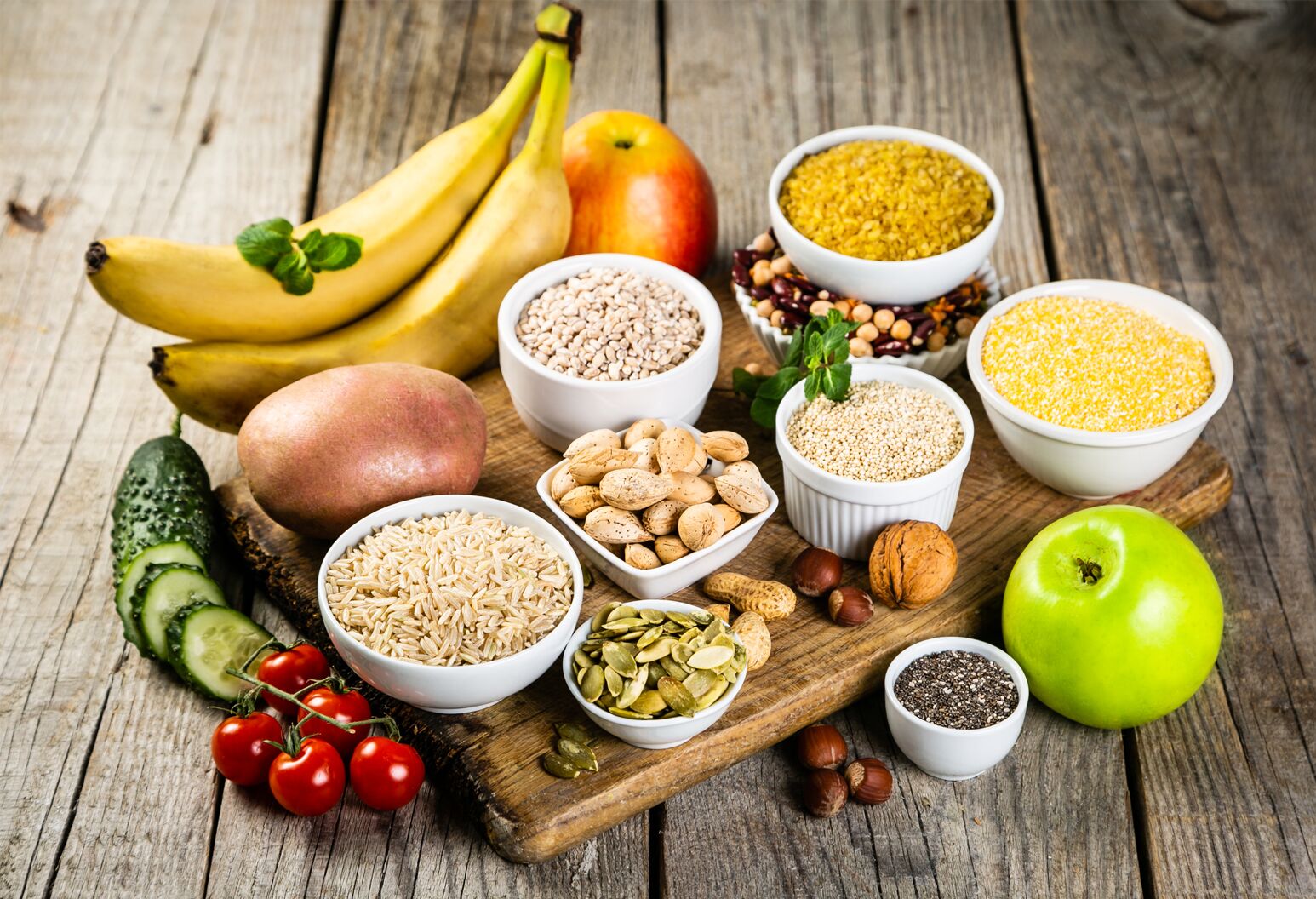healthy living/fitness
Balsamic Chicken And Jicama Slaw: A Perfect Match

Whether you’re in the mood for fruits, veggies, beans, grains, or nuts, you have lots of options to increase your fiber intake.
3 min read
Most people should be eating around 25 to 30 grams of fiber every day. But according to some research, only about 5% of us are actually getting that much. Fiber, which is a type of carbohydrate that your body can’t break down, is a plant-based nutrient that passes through the intestinal tract undigested. Because of that, getting plenty of fiber in your diet leads to all sorts of health perks.
“Fiber offers dozens of benefits, from cardiac health to digestive health to colorectal health and more,” says Elizabeth Hyde-Daddio, a registered dietitian at Northwell Health. “By increasing your roughage, you’re getting benefits across the board.”
Since fiber stays in the digestive tract undigested, you’ll feel full for a longer amount of time, which can help keep you from mindlessly snacking on junk. Large population data reveals that people who eat more fiber tend to have lower body weights than those who eat less. And fiber slows sugar from entering your bloodstream, which helps keep blood sugar levels within a healthy range and gives you a steady supply of energy.
Fiber may also help prevent certain types of cancer, including breast and colon cancer. Finally, diets higher in fiber are associated with improved digestive health as well as a decreased risk for cardiovascular disease, independent of weight loss, according to research.
If you’re not getting enough, Hyde-Daddio recommends sneaking in fiber throughout the day. Sprinkle a bit of flaxseed into your salad or cereal. Add blueberries to your yogurt. Throw together a mix of walnuts, dried cranberries, and high-fiber cereal to keep in your office desk drawer. Instead of sour cream, use black beans or hummus as a dip with carrots and cut-up peppers.
But while increasing fiber is something to strive for, you shouldn’t go full throttle. “I recommend starting slowly and giving your system some time to adjust,” says Hyde-Daddio. Additionally, fiber needs fluids to do its job properly, so make sure you get at least six to eight glasses of water every day.
So, what do you want to add into your diet? Here are the foods to consume:
Standout high-fiber vegetable: Acorn squash. One cup provides 9 grams of fiber.
Other vegetables high in fiber include:
Standout high-fiber fruit: Passion fruit. One-half cup provides 12 grams of fiber.
Other fruits high in fiber include:
Standout high-fiber bean: Navy beans. One cup provides 19 grams of fiber.
Other beans high in fiber include:
Standout high-fiber seed: Chia seeds. Two tablespoons provide 10 grams of fiber. Added bonus: Chia seeds are high in omega-3 fatty acids.
Other nuts and seeds high in fiber include:
Standout high-fiber whole grain: Bulgur. One cup provides 8.2 grams of fiber.
Other whole grains high in fiber include:
The Well is Northwell Health’s commitment to the future of health care. In this time of information overabundance, much of which is inaccurate, unhelpful, or even difficult to understand, Northwell Health is on a mission to make a difference as an honest, trusted, and caring partner. The site connects with consumers to provide them with personalized content that reduces their stress, makes them laugh, and ultimately feel more confident and capable on their healthcare journey.